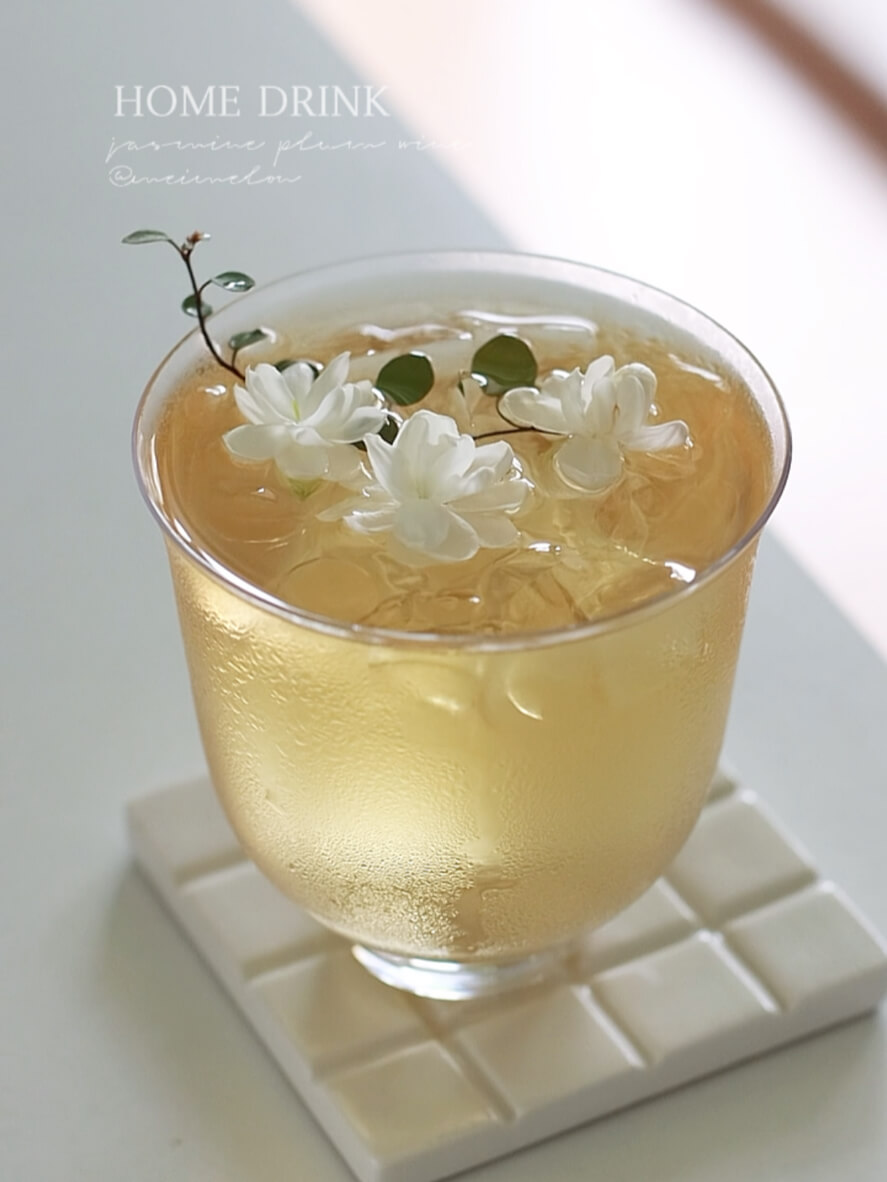Discover the fascinating world of Chinese restaurant tea – from the classic jasmine to rare pu-erh varieties. This comprehensive guide explores the history, health benefits, and cultural significance of teas served in Chinese dining establishments worldwide.
When you sit down at a Chinese restaurant, the first thing you’re typically served isn’t water or a menu – it’s tea. This centuries-old tradition reflects the deep cultural significance of tea in Chinese society. Chinese restaurant tea serves multiple purposes: it cleanses the palate, aids digestion, and creates a welcoming atmosphere for guests.
According to The Tea Cultural Institute, tea has been an integral part of Chinese dining for over 2,000 years. The types of tea served vary by region, season, and the restaurant’s specialty, but they all share common characteristics of being refreshing, aromatic, and complementary to food.

Jasmine tea is arguably the most ubiquitous Chinese restaurant tea, especially in Western countries. This fragrant green tea is scented with jasmine flowers, creating a sweet, floral aroma that’s immediately recognizable.
Characteristics:
Oolong, meaning “black dragon” in Chinese, is a partially oxidized tea that offers a perfect balance between green and black teas. Many upscale Chinese restaurants serve premium oolong varieties.
Popular Oolong Varieties:
| Type | Origin | Flavor Profile |
|---|---|---|
| Ti Kuan Yin | Fujian Province | Floral, honey-like |
| Da Hong Pao | Wuyi Mountains | Toasty, mineral |
| Milk Oolong | Taiwan | Creamy, buttery |

This fermented tea from Yunnan province has gained popularity in Chinese restaurants for its digestive properties. Pu-erh is often served after heavy meals to aid digestion.
Interesting Fact: High-quality pu-erh can be aged for decades, similar to fine wine. The Tea Wikipedia reports that some vintage pu-erh cakes sell for thousands of dollars at auction.
Particularly common in Cantonese restaurants, chrysanthemum tea is made from dried chrysanthemum flowers. It’s naturally caffeine-free and has a light, slightly sweet flavor.
Health Benefits:
The type of tea served often reflects the restaurant’s regional origin:
Typically serve lighter teas like jasmine or chrysanthemum to complement the delicate flavors of Cantonese cuisine.
Often offer stronger teas like pu-erh or jasmine to balance the spicy, numbing flavors of Sichuan dishes.
More likely to serve simple green teas or flower teas that pair well with wheat-based dishes like dumplings and noodles.
Numerous studies have confirmed the health benefits of the teas commonly served in Chinese restaurants:
The National Institutes of Health has published several studies on the health benefits of traditional Chinese teas.
While Chinese restaurants have professional tea servers, you can recreate authentic flavors at home:
Tea is more than just a beverage in Chinese restaurants – it’s an integral part of the dining experience:
Follow these expert tips for selecting tea with your meal:
| Food Type | Recommended Tea |
|---|---|
| Dim Sum | Jasmine or Tieguanyin oolong |
| Spicy Sichuan | Pu-erh or Chrysanthemum |
| Seafood | Light green tea |
| Roasted Meats | Wuyi rock oolong |
Bitterness usually results from over-steeping or water that’s too hot. Proper Chinese tea brewing uses multiple short infusions rather than one long steep.
Traditionally yes, though some upscale restaurants now charge for premium varieties. Always check the menu if unsure.
Chrysanthemum tea is naturally caffeine-free. Some restaurants may also offer herbal blends upon request.
This demonstrates respect in Chinese culture. When receiving tea, it’s polite to tap two fingers on the table as silent thanks.
From fragrant jasmine to earthy pu-erh, the teas served in Chinese restaurants represent centuries of tradition, craftsmanship, and culinary wisdom. Understanding these teas enhances your dining experience and connects you to Chinese culture. Next time you visit a Chinese restaurant, take a moment to appreciate the tea – it’s much more than just a drink, but a living tradition that continues to evolve while maintaining its ancient roots.
For further reading on Chinese tea culture, visit the DARJEELING TEA BOUTIQUE, a nonprofit dedicated to preserving global tea traditions.
About the Author:

Ethan-A seasoned project leader from Northeast China with extensive experience in tech giants. Blends Taoist philosophy with modern management, creating harmony through strategic feng shui implementations. An avid explorer of China’s sacred mountains.
Explore the Real China.
Top Destination
Information